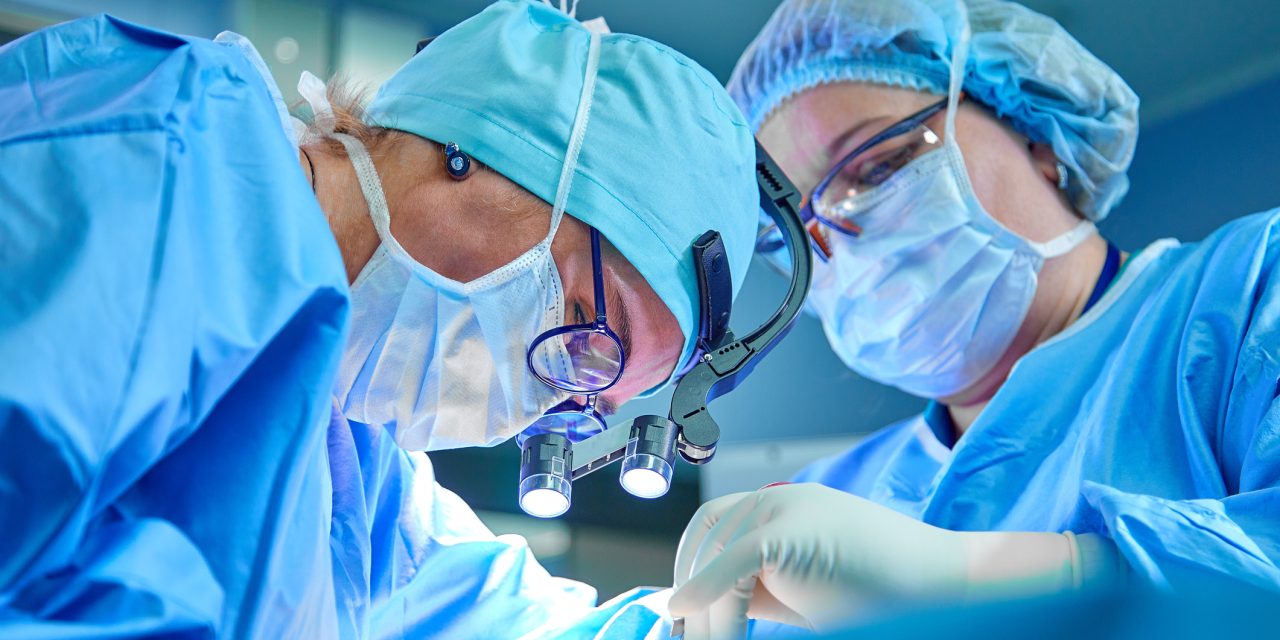Many orthodontists working on patients with cleft lip and palate (CLP) have shown great enthusiasm for presurgical infant orthopedics (PSIO) to improve surgical outcomes with minimal intervention. Even though every clinician aims to use the best treatment modality for their patients, PSIO effects can be confounded by surgical type and timing of the primary repair, as is discussed in many studies. In such cases, one should be cautious when evaluating the particular outcomes for patients with CLP since it is difficult to differentiate the sole effect of an individual surgical or orthodontic intervention. As with any treatment methodology, nasoalveolar molding (NAM) has both benefits and limitations. Commonly cited concerns with NAM, and PSIO in general, include increased cost, increased burden of care, and a negative impact on maxillary growth. However, NAM cannot be deemed as having apparent long-term negative or positive effects on skeletal or soft tissue facial growth, based on previous studies. A review of the literature suggests that NAM does not alter skeletal facial growth when compared with the samples that did not receive PSIO. Nevertheless, the published studies on NAM show evidence of benefits to the patient, caregivers, the surgeon, and society. These benefits include documented reduction in severity of the cleft deformity prior to surgery and as a consequence improved surgical outcomes, reduced burden of care on the care givers, reduction in the need for revision surgery, and consequent reduced overall cost of care to the patient and society.
NAM Therapy-Evidence-Based Results.


